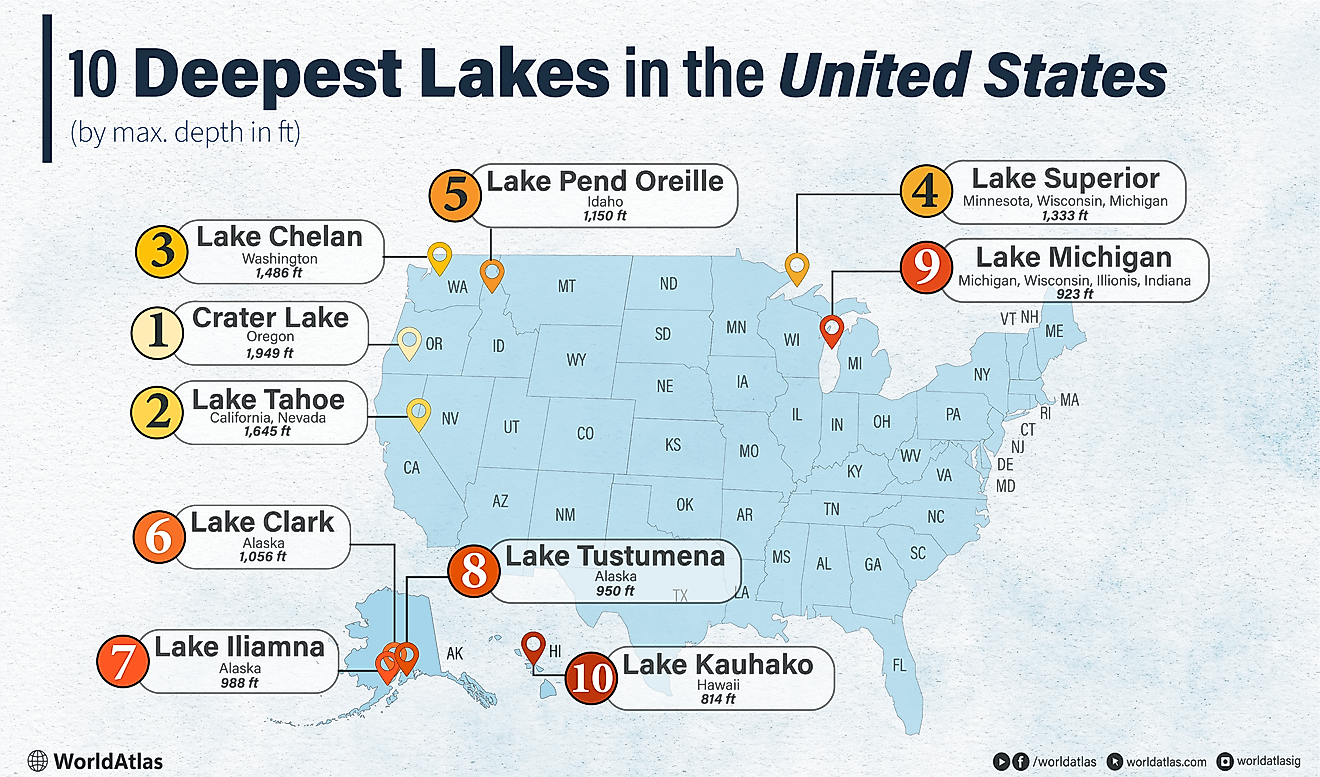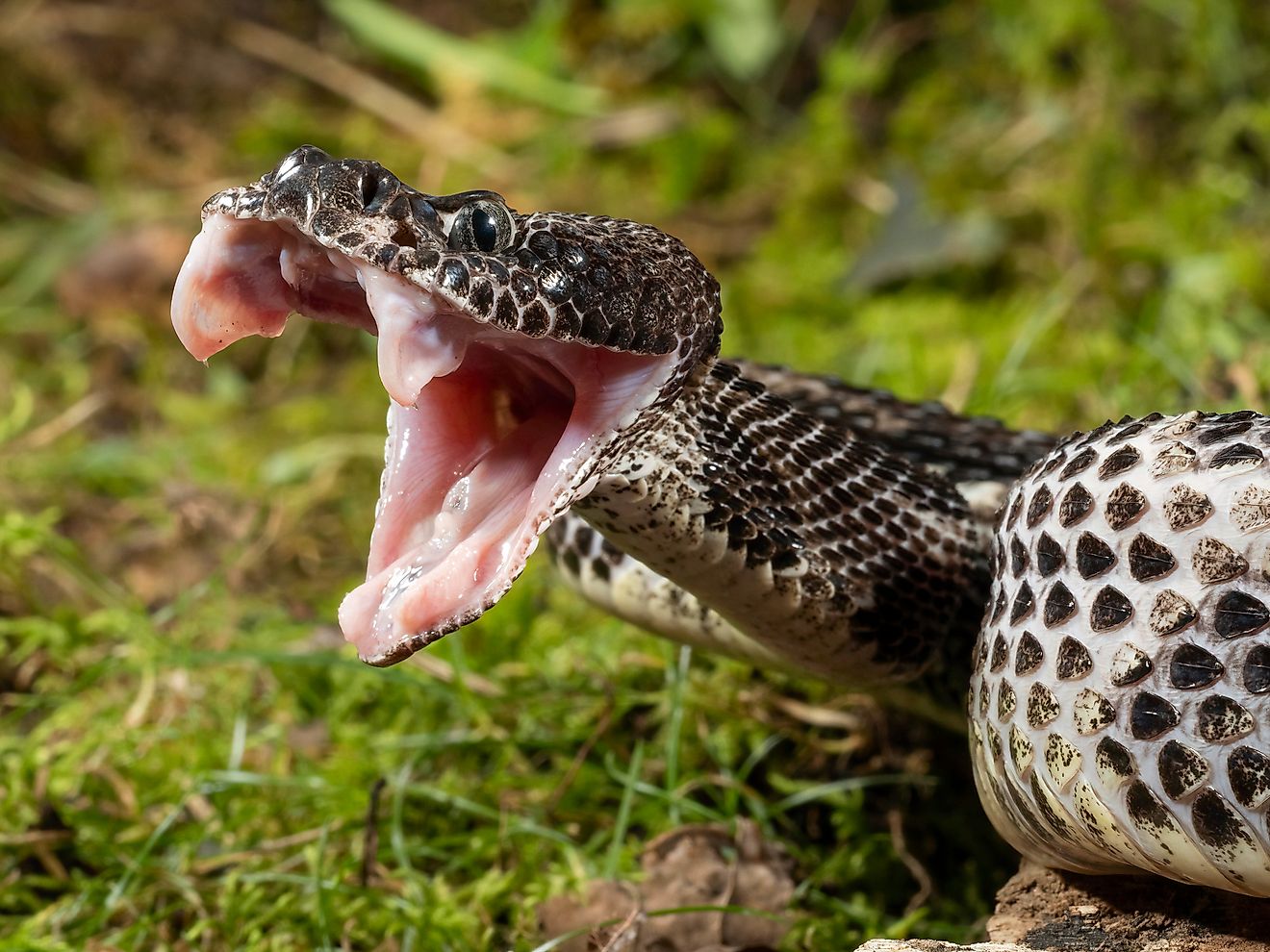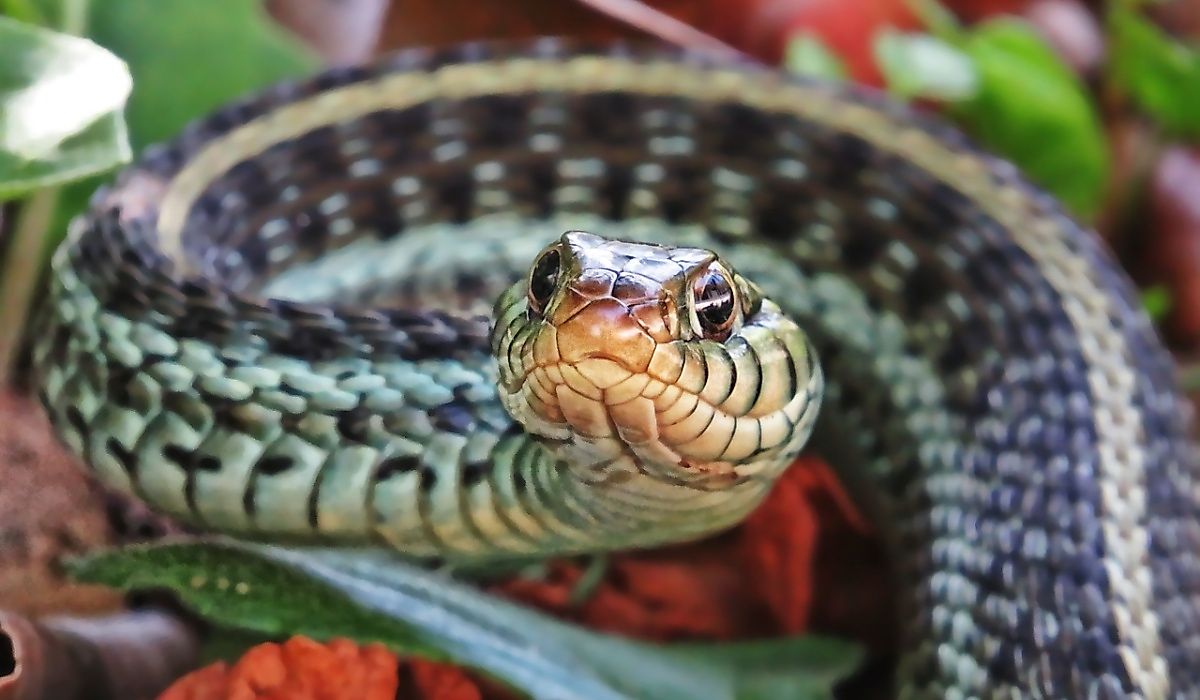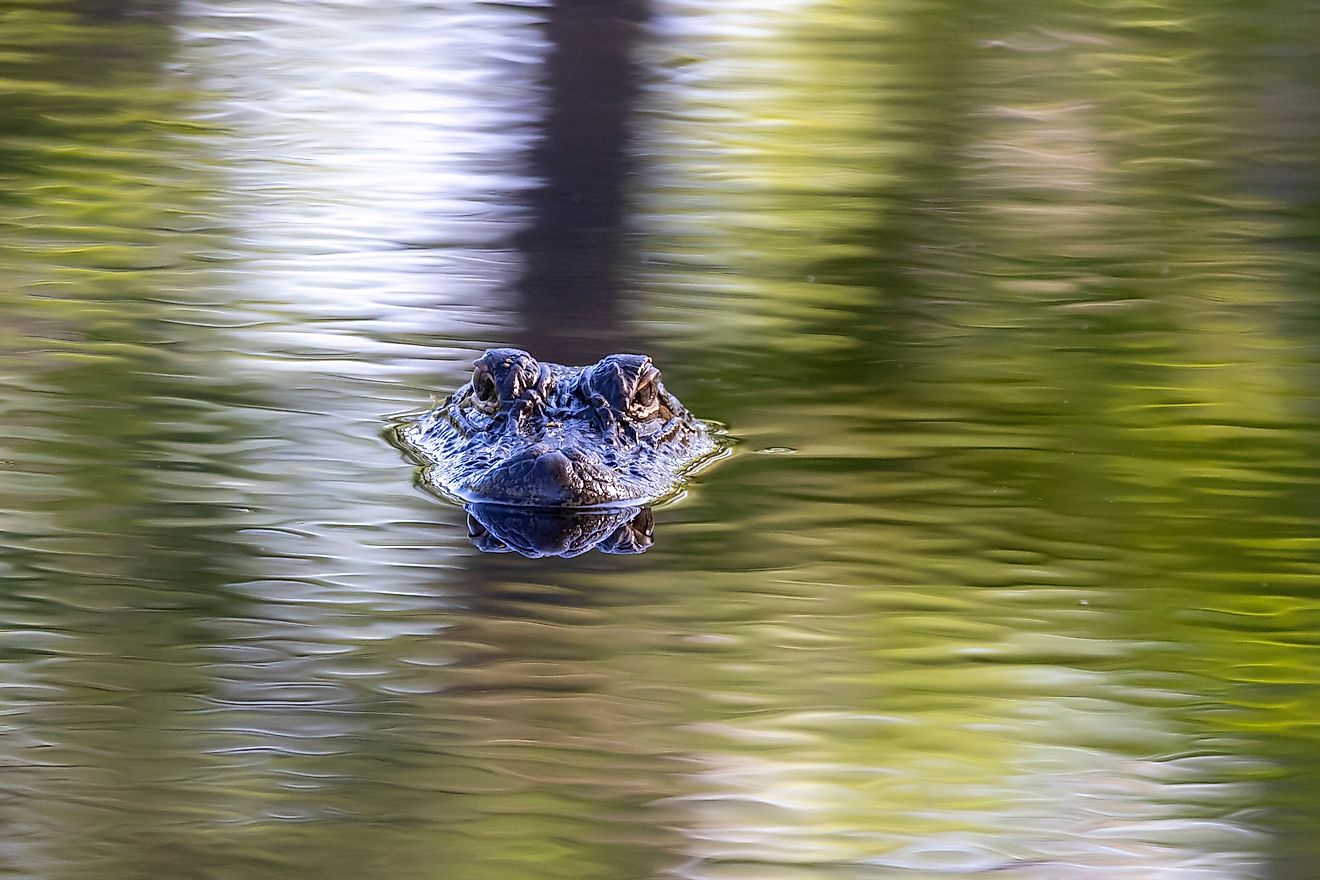
5 Of The Most Snake Infested Rivers In California
The largest state by population and economy, California is aptly known as The Golden State. This bustling hub of life is known for many things, from its entertainment industry, home to Hollywood, to Silicon Valley, a technological hub. However, tourists and locals also adore another side of the state, rich with natural views and ecological diversity. Whether it is a trip to the scenic Pacific coastline at Coronado’s Beach or taking in the massive redwood forests all around, outdoor lovers rejoice. Moreover, even as you move inland, dozens of large and small rivers like the Sacramento and Eel River create a world of opportunities for humans to explore.
While visitors might adore these rivers for exploration, California’s abundant wildlife calls them home. This includes many of California’s 48 species of slithering snakes. From garter snakes to the venomous western rattlesnakes, many species flock to rivers for their access to food, hiding spots, and a moist habitat. While most are harmless, people need to be cautious of some venomous species, so this article will delve into the most snake-infested rivers in California and the snakes they are home to.
Sacramento River
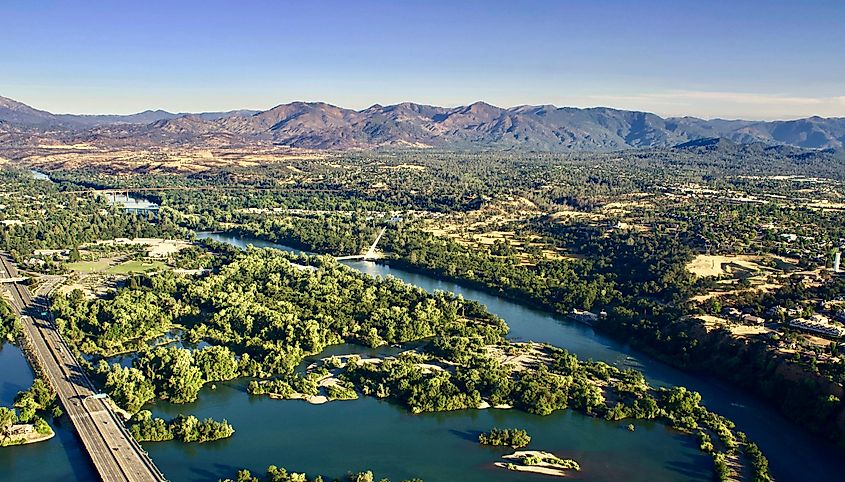
Starting off strong, the Sacramento River is California’s largest river, spanning 400 miles (640 km) from north to south in the state. It begins near the famed Mount Shasta, cutting through prominent wilderness areas, including Castle Crags State Park and the Cascade Mountains. To this end, snakes of all kinds can thrive along the banks, choosing between a range of environments.

Some of the most prominent names are the common garter snake, the giant garter snake, and the gopher snake. Each of these is quite well spread throughout the state, although the giant garter is one that you might want to watch out for. It is the largest species of garter snake, reaching lengths of up to 65 inches (165 cm) with a black coloration and yellow dorsal stripes. Garters are also adept swimmers, inhabiting areas near water with a strong swimming ability. While they are venomous, the venom is not harmful to humans, but it's still advisable to avoid being bitten. Apart from these non-venomous snakes, the western rattlesnake is also known to inhabit areas near the river, so keep an eye out for a rattling tail.
San Joaquin River
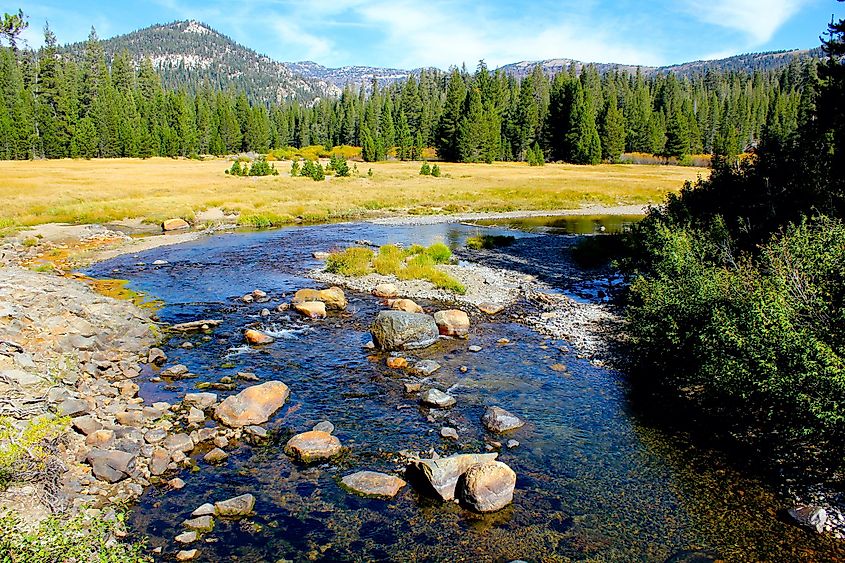
Just missing out on the title of the longest, the San Joaquin River is a 366-mile (589 km) long river in Central California. It flows out to the Pacific Ocean and is vital for both irrigation and wildlife in the region, as the Sacramento-San Joaquin Delta system provides water to over 25 million people (and millions more, including animals). The river also has a rich history and has been an anchor for population centers for over 8,000 years, including those of Spanish settlers. Today, it is also a hub for recreation, with large populations of Pacific salmon promoting fishing, as well as some of the best areas for whitewater paddling in the world. Specifically, areas like Kings Canyon National Park and the San Joaquin River National Wildlife Refuge are teeming with activity.

When it comes to snakes, it is no shocker that this river is infested with species. The gopher and garter also live here, but you’ll need to look out for some venomous residents. The most common is the Western rattlesnake, one of the region’s most dangerous species. This venomous pit viper grows to around 39 inches (100 cm) in length and utilizes heat-sensing pits on its face to locate and hunt prey, including small mammals and rabbits. While they won’t attack humans on their own accord, if you get too close and ignore the warning tail “rattle,” a bite can be lethal. Estimates suggest untreated bites have a 15% mortality rate and cause tissue damage, swelling, and internal bleeding. So, if you’re out along the water, look out for any brown snakes with dark blotches along their body.
American River

The American River and its three main forks (North, Middle, and South) combine to form a river that is about 30 miles long. This river is home to a large population of rattlesnakes as well as southern water snakes, which have invaded nearby lakes. The southern watersnake is one species that you’re sure to see in the water, as it is one of the best swimmers in the Serpentes suborder. This snake can swim in fast-flowing water and dive to eat fish when needed. Adults reach up to 42 inches (107 cm) in length and can be identified by their prominent dark coloration with distinct crossbands. While these snakes are non-venomous, they release a foul-smelling odour when threatened, so it's best to avoid all snakes here.
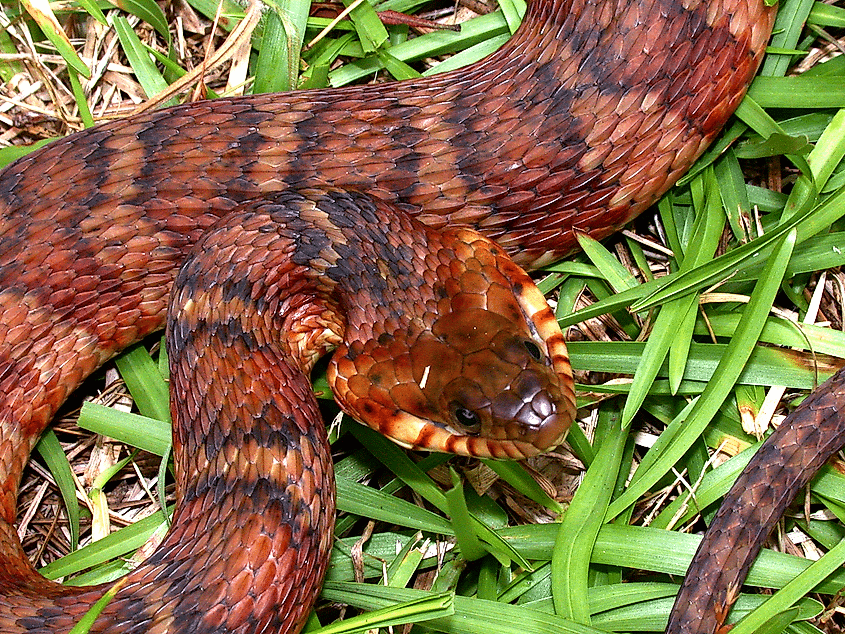
Apart from the snakes, the American River offers fantastic views, ranging from the Sierra Nevada mountains to its confluence with the Sacramento River. It was a prominent site for Native American communities, as well as a rich gold mining area. Visitors in the region today can spot many animal species, from owls above the water, coyotes along the banks, and rainbow trout within. Activities are also plentiful, ranging from hiking and camping to swimming and kayaking in different parts.
Russian River

Another river named after a country, the Russian River, is located in Northern and Central California. It runs for around 115 miles (185 km) until its mouth at the Pacific Ocean near the town of Jenner. Scenic views abound throughout, from the quaint Lake Mendocino to the towering Laughlin Range. The river is also a popular tourist destination throughout the year, and people enjoy swimming in its gentler currents during the summer.
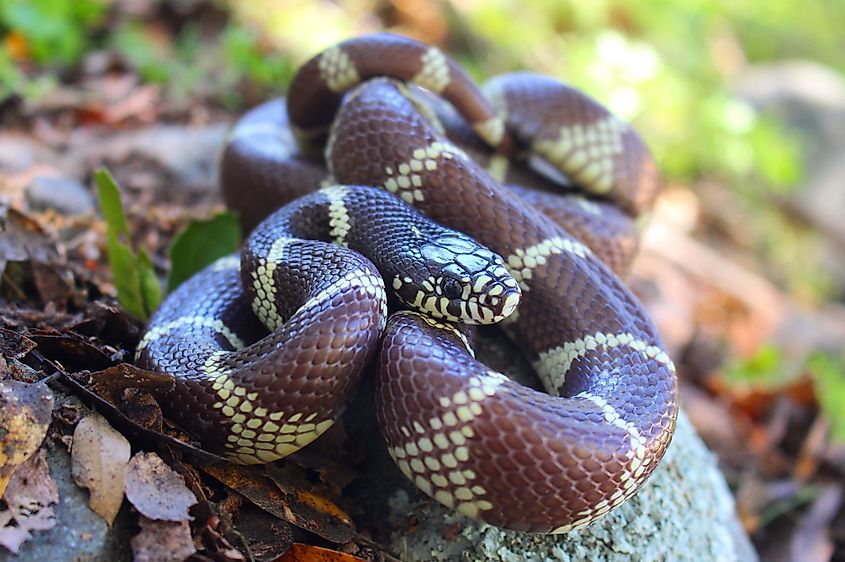
With so many people in the water, it's essential to know what to look out for. Among the many animals in and around the river, snakes are plentiful, and species like the California kingsnake, western rattlesnake, and gopher snake call it home. The California kingsnake is one of the most unique, boasting interesting color patterns, often with a dark coloration with yellowish bands on its body. They are medium-sized snakes, averaging 3 feet (91 cm) long, but have adapted to hunt rattlesnakes. That’s right! These snakes are naturally resistant to rattlesnake venom, so they might even be a welcome sight if you fear rattlers. Moreover, they are good swimmers, so look out for a long and slim silhouette if you’re swimming.
Eel River

Named after another long and slippery animal, you might expect that the Eel River would top this list, but that is not the case. This river’s primary resident, and one that is quite prevalent, is the western terrestrial garter snake. This snake is smaller than the giant garter, reaching around 41 inches (104 cm) in length. It has a black coloration with two yellow or light orange stripes running along its length.
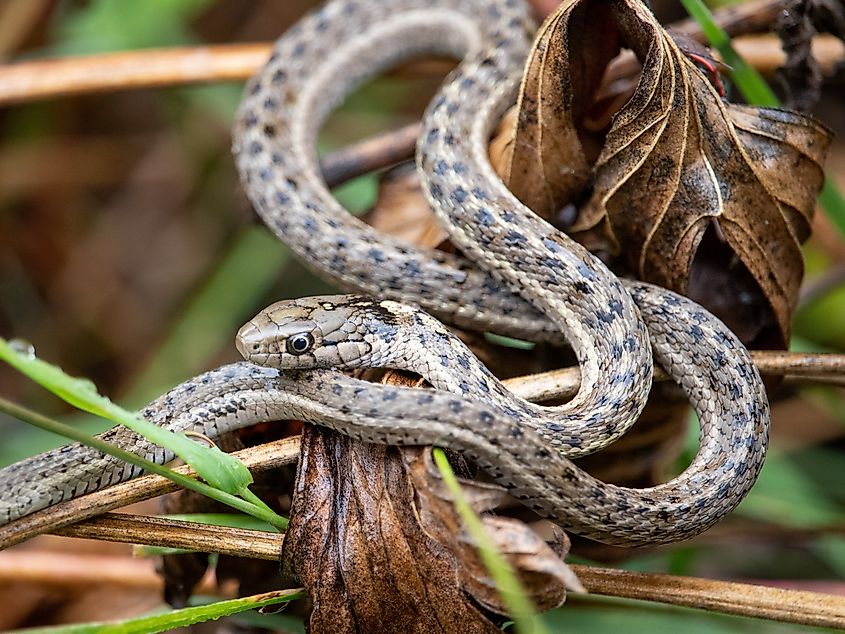
While not as potent as rattlesnakes, these snakes possess mild oral toxins that can cause local edema in some humans; therefore, it's best to avoid a bite. Thankfully, they only bite when feeling threatened, so you’re unlikely to provoke one by mistake. Apart from its snakes, the Eel River stretches for 196 miles (315 km) through northwestern California, offering abundant wildlife, scenic beauty, and a range of recreational opportunities.
California’s rivers are more than waterways; they are living corridors where history, recreation, and wildlife converge. From the wide Sacramento to the wild Eel, each river hosts a unique cast of snakes that remind visitors to respect nature’s rules. Enjoy swimming, fishing, and hiking, but keep alert on riverbanks, give wildlife plenty of space, and learn to identify local species. With common sense and curiosity, a river trip in the Golden State becomes an unforgettable lesson in beauty and caution.

